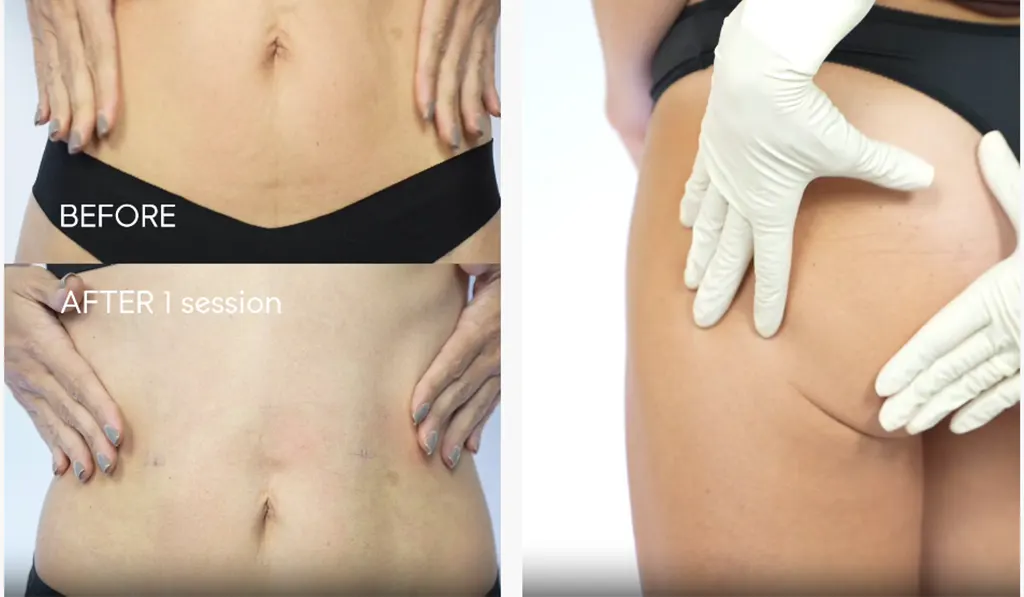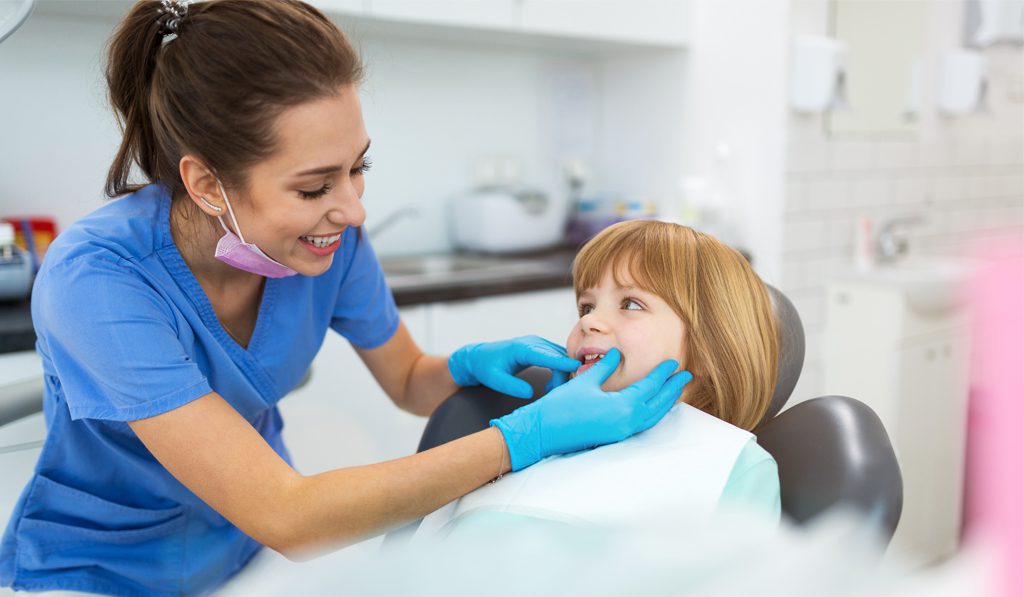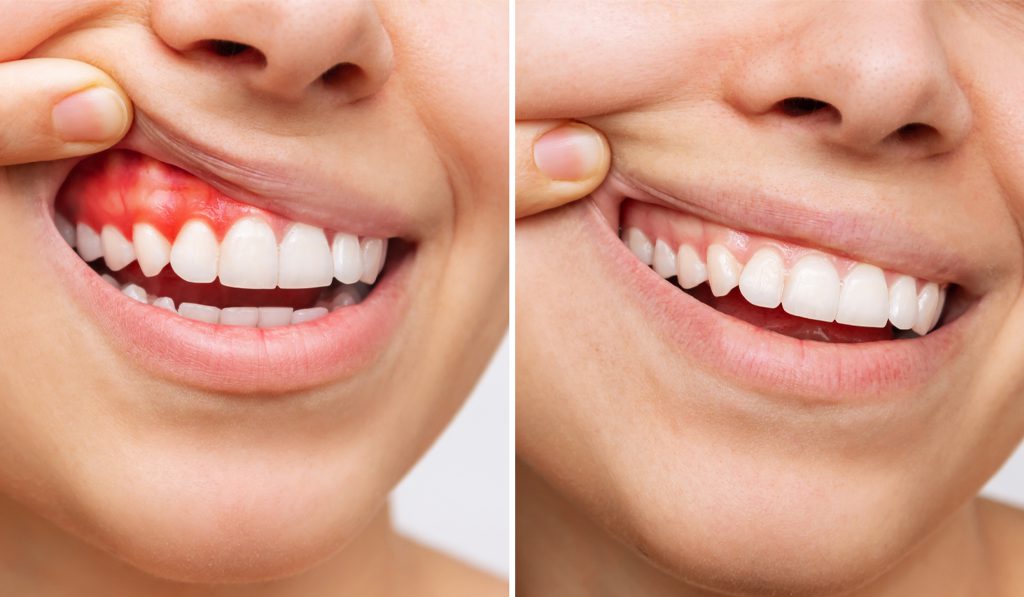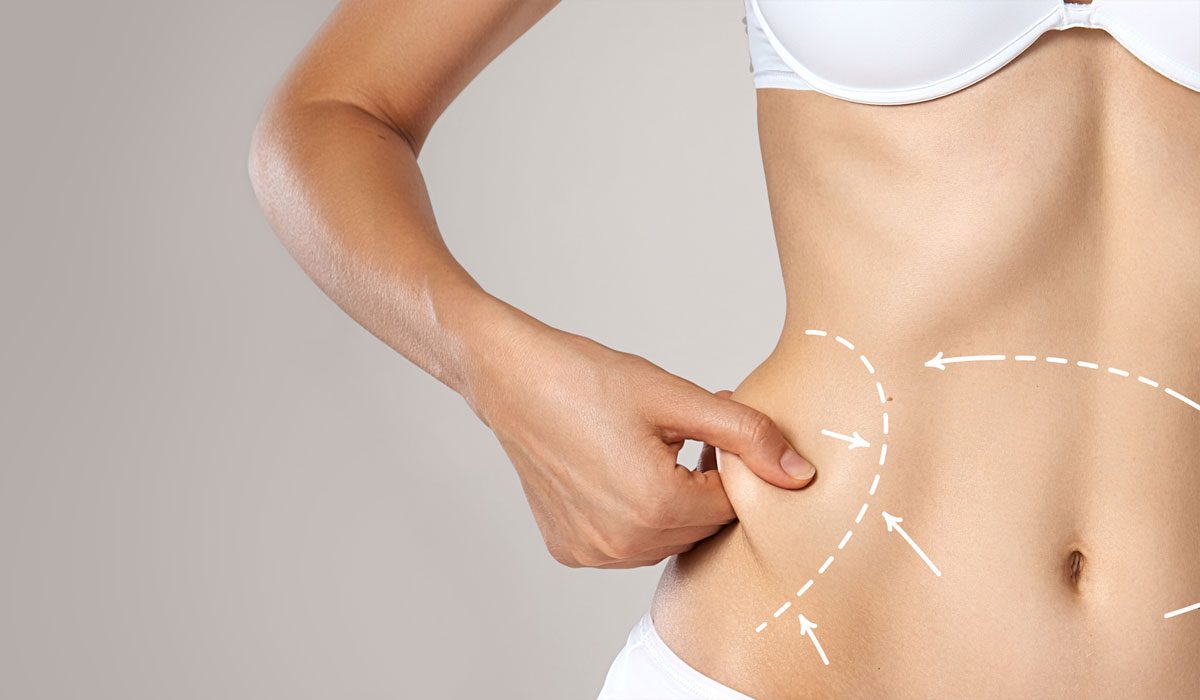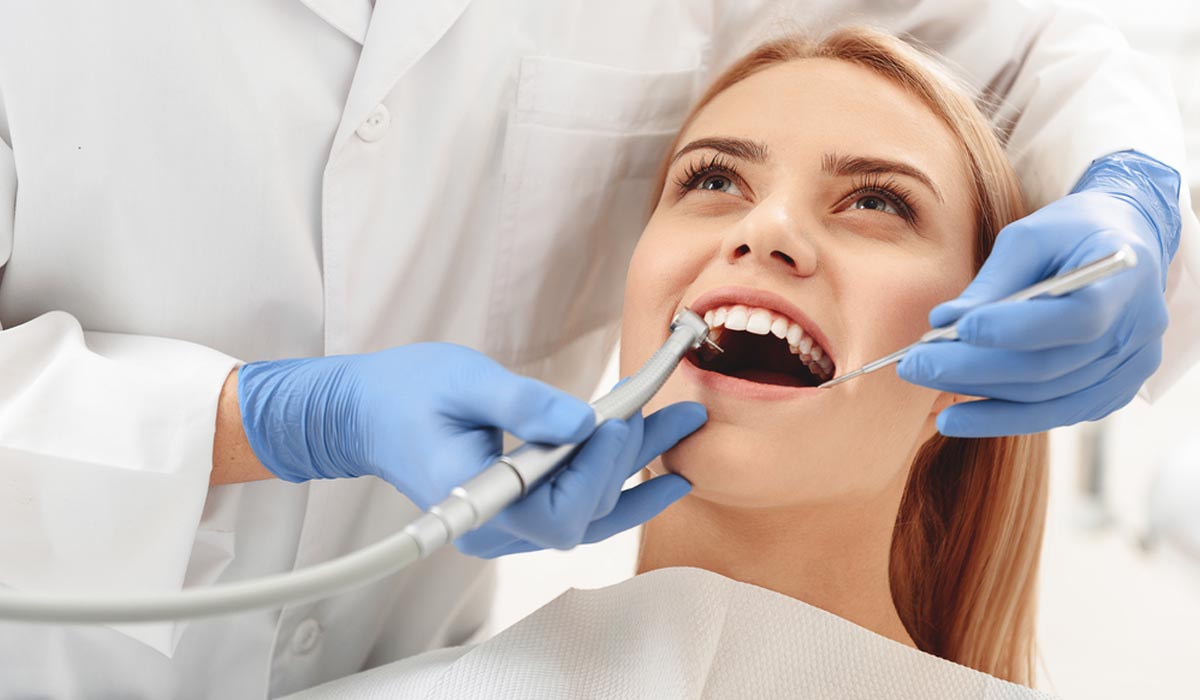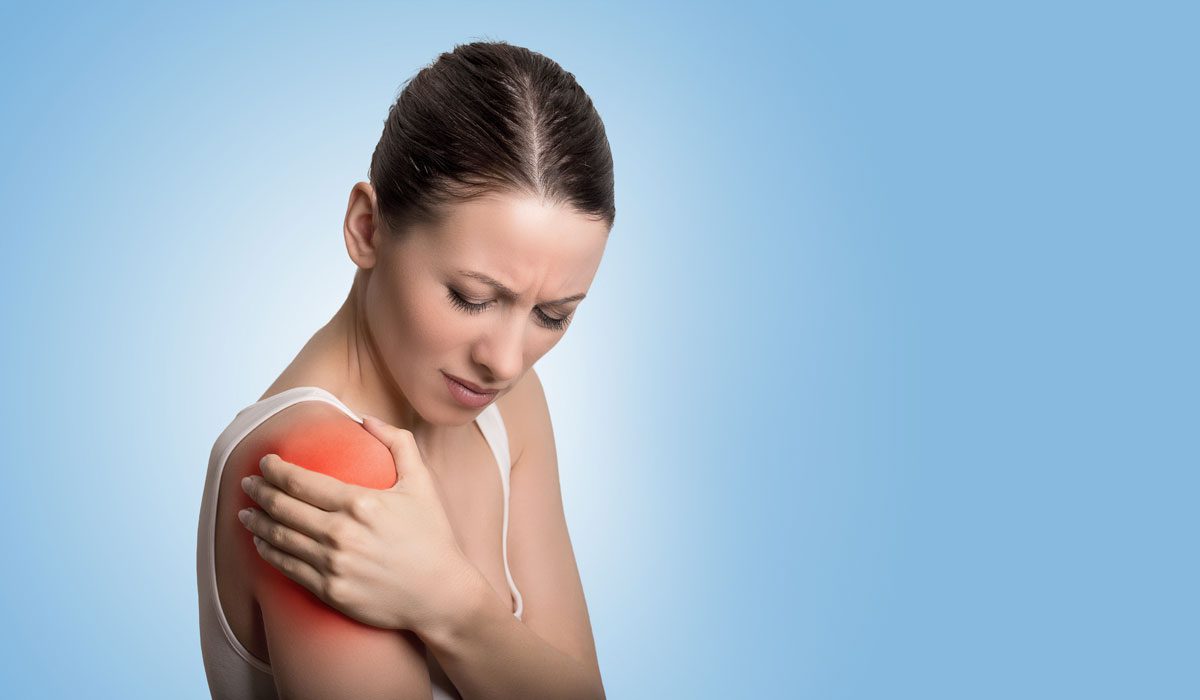Age Spots Diagnosis and Treatment
If you notice black, gray, or brown flat patches on the exposed parts of your skin, you could be looking at age spots. These spots, which are typically found on the face and the back of your hands, are also known as liver spots, sun spots, lentigos, or solar lentigines.
Often, lentigos appear as a single spot or in clusters. Solar lentigines can develop at any age, but these appear mainly as the skin ages. Thus, older and middle-aged adults are more likely to develop solar lentigines.
Fortunately, solar lentigines are non-cancerous and do not have any fatal outcomes. Still, if you notice such spots on your skin, consulting with a dermatologist is recommended.
Causes
Lentigos are skin-related problems where melanin or the skin pigment is produced in excess. Though studies continue, experts are still unsure of the exact cause behind lentigos. They believe it is the skin’s natural way to protect it from damage when exposed to the sun. It’s the epidermal layer that gets the freckled-like look.
- Hereditary Reasons – Some researchers believe that it could be due to hereditary reasons. For example, if someone in your family has age spots, you could also develop the condition as you age.
- Skin Aging
- Regular exposure to the sun’s UV radiation
- Tanning beds
- Continuous sun exposure on the face, forearms, shoulders, upper back, and back of your hands
Who is at More Risk of Developing Solar Lentigines?
While anyone and everyone can get liver spots, certain people are at higher risk. These include people who
- are middle-aged and older
- have fair skin
- are frequently exposed to the sun
- habitually use a tanning bed
Symptoms
Age spots are visible. Therefore, it is easy to identify them. The most common symptom of this skin condition is colored spots that could be black, brown, or grey. After prolonged exposure to the sun, the spot may appear darker.
Other than spots, the other symptoms are:
- Lentigines are flat in appearance and are either roundish or oval.
- They have well-defined edges.
- There’s no pain in the area.
- The texture of your skin and the lentigos are the same.
- The spot can be small-sized, the size of a freckle, or as big as an inch in diameter.
- Lentigos can be single or in groups.
Consulting a Doctor
As mentioned, true lentigos are usually harmless and non-cancerous. In addition, with the use of sunscreens, one can prevent the formation of solar lentigines. Alternatively, one can take care and avoid going out during the daytime.
However, any blemish on the skin should be evaluated by an expert because, sometimes, cancerous spots can develop on the surface layer, which appears to be lentigines. Only a specialist can assess the spots and advise the future course of action.
It is advised to consult a dermatologist for cosmetic or aesthetic reasons so that lentigos can be removed or lightened. It helps improve their appearance leading to the enhancement of self-esteem. Consulting with a doctor also helps because the patient is advised on different methods of promoting skin health.
In general, people with this condition should see a specialist if:
- They have black lentigos
- The edges are irregular
- The lentigos are growing in size
- The lentigos start to bleed
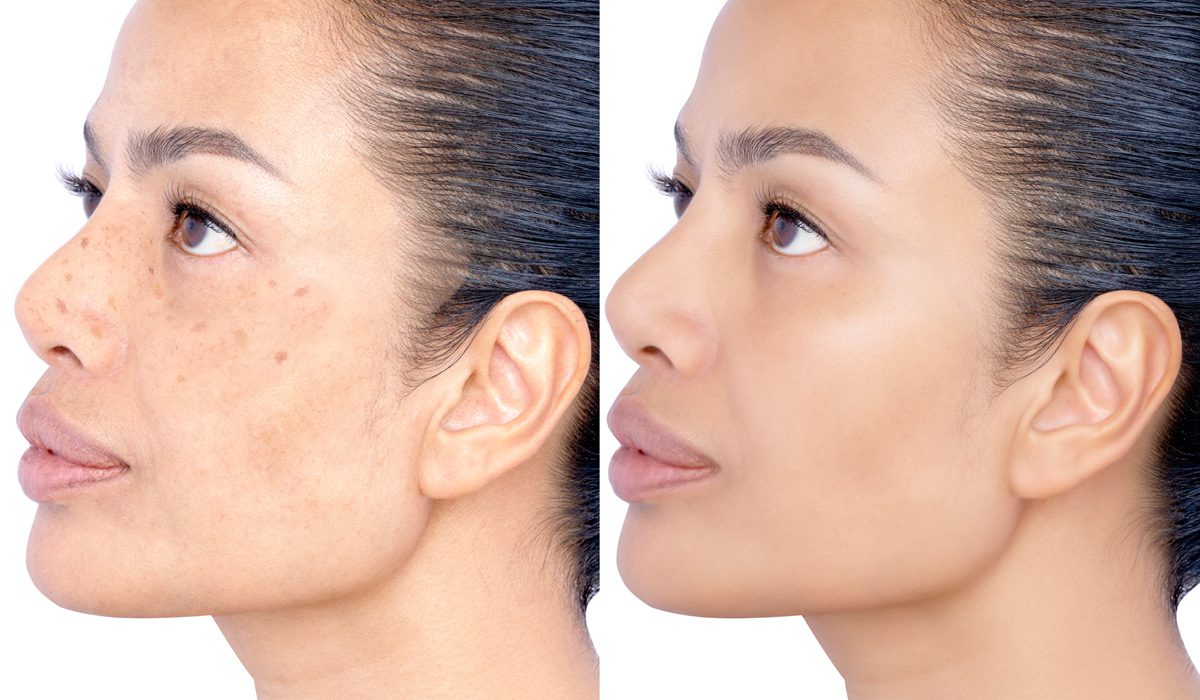
Diagnosis & Treatment
The doctor may adopt two methods to evaluate the spots. The doctor will first visually inspect the spots and then can ask for tests like a skin biopsy to confirm that these are solar lentigines.
The next course of action in the case of true lentigines will be removing or lightening the lentigos. Remember that the treatment procedures will penetrate the epidermal layer.
Medication
Applying retinoids or prescription bleaching creams helps the spots fade with time. However, it can cause side effects like burning, itching, redness and/or dryness.
IPL or Intense Pulsed Light
It is a procedure in which light waves are targeted at the melanin-producing cells to destroy them. The side effects include swelling, bruising, blistering, redness, etc. This is an outdoor procedure.
Chemical Peels
Chemical solutions are used to remove the epidermal layer of the skin in the area and let new cells grow in the region. The temporary side effects of chemical peels include burning, swelling, redness, or dryness. Permanent side effects include scarring, infection, or skin color changes. Sometimes, it can be more severe, causing damage to a few organs.
Dermabrasion
Another procedure for removing lentigos involves using a rotating brush to sand down the epidermal layer. Possible side effects are burning, swelling, skin color changes, scarring, or acne flares.
Cryosurgery
It involves the use of liquid nitrogen to freeze the spots. As a result, you might experience pain, swelling, and blisters after the surgery. Other side effects could be skin color change or scarring.
Laser Treatment
It is another possible procedure to treat lentigines. In this case, light waves of specific wavelengths help remove lentigos altogether. However, skin darkening is a possible side effect of laser therapy.
Microdermabrasion
This process helps smoothen the outermost skin layer and is less aggressive than dermabrasion. While this process has zero recovery time, you must ensure that the skin is moisturized well after the procedure. There could be redness or swelling at the spot.
Why 7DMC?
Our skilled dermatologists have versatile experience and are trained in the latest techniques to offer world-class treatment options. At 7DMC’s state-of-the-art facility in Dubai, you are sure to get treated by the best dermatologists and skin specialists, following the best and safest practices for an optimal cure.
Conclusion
Age spots are not a severe medical condition but should be shown to an expert for treatment and to prevent them from recurring. All the procedures mentioned here do not require hospitalization. However, it is essential to follow the instructions regarding post-treatment care, like using sunscreen with SPF 30 or above. Also, most procedures have side effects; hence, it is crucial to speak to a specialist and discuss all possible options before deciding on the treatment procedure.
References
asds.net/skin-experts/skin-conditions/age-spots
healthline.com/health/age-spots
medicalnewstoday.com/articles/323287



